Elevate your home with expert tips on stylish décor, kitchen upgrades, and bedroom makeovers. Discover furniture ideas and real estate insights!
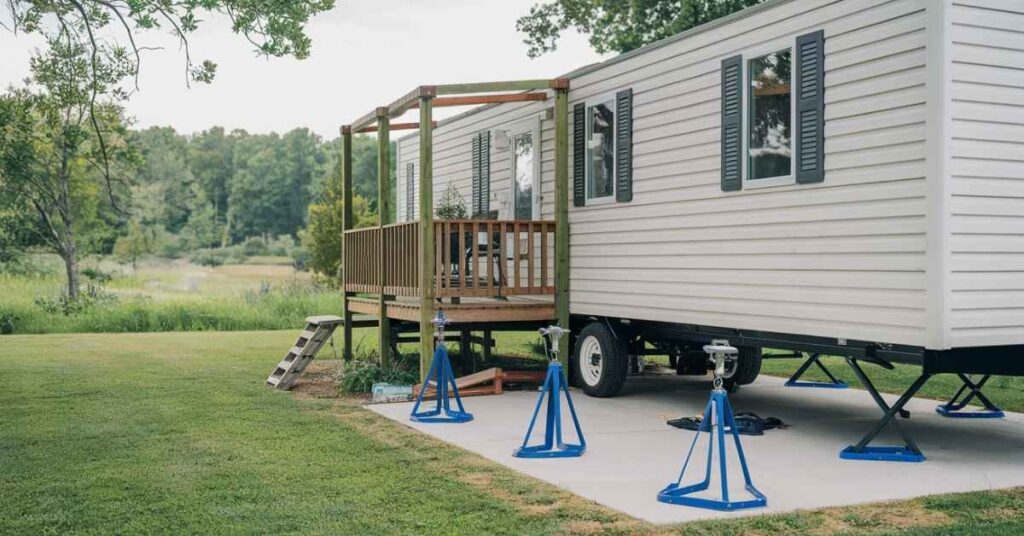
Mobile home tie downs are safety devices used to keep a mobile home in place. They are strong straps or anchors that attach the home to the ground. This helps prevent the home from moving or tipping during strong winds or storms.
Did you know that tie down mobile home can save your home from strong winds? These essential devices secure your mobile home to the ground. They are made of strong materials and help prevent damage during storms.
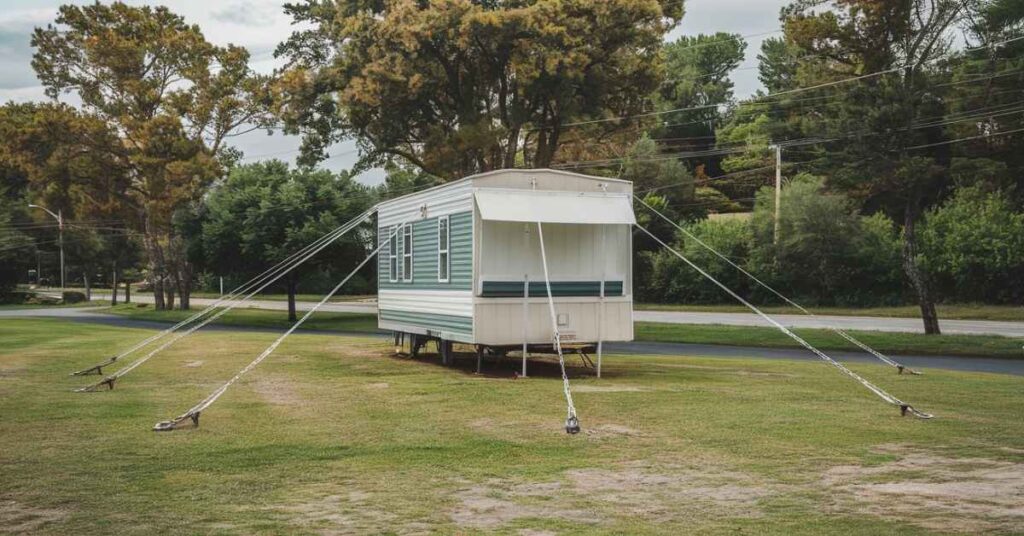
Mobile home tie downs are very important for keeping your home safe. They stop your home from shifting or tipping during strong winds or storms. These tie downs anchor the home to the ground, making it more secure. Without them, a mobile home can be easily damaged or even blown away.
Using tie downs can also protect the people living inside. A strong tie down system reduces the risk of accidents and injuries. It’s a simple way to add safety and peace of mind. Every mobile home should have proper tie downs installed.

Mobile home tie-downs are required to keep the home safe and stable. Most areas have rules about how many tie-downs are needed based on the size of the home. These rules make sure the mobile home can handle strong winds. Tie-downs must be properly installed and secured to the ground.
In many places, mobile home tie-downs must meet certain standards set by local laws. This includes using strong materials like steel or metal straps. It’s important to follow these requirements to protect your home and stay safe during storms. Always check with local authorities for the correct guidelines.
Also Read: How Tall is A Two Story House
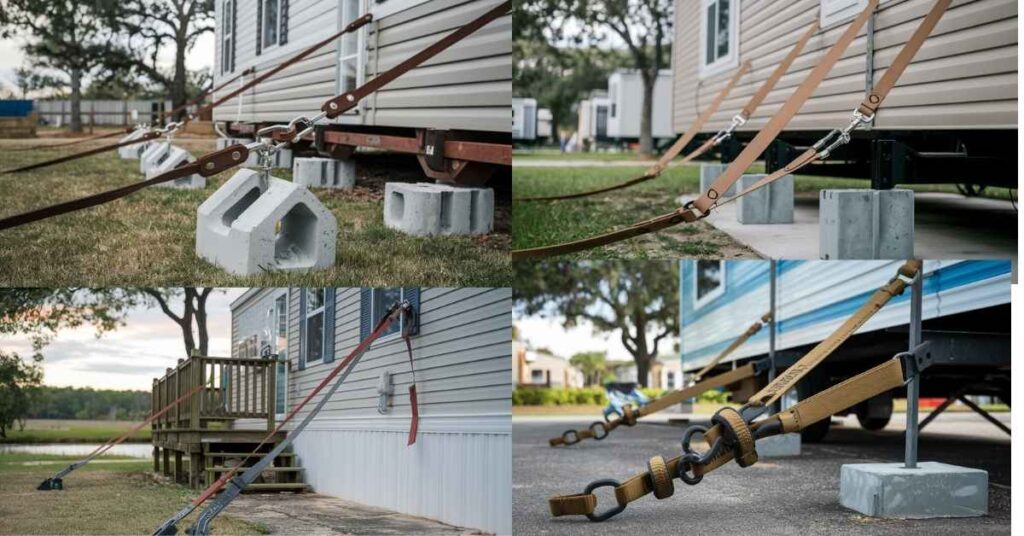
Hurricane tie down straps are used to keep mobile homes secure during strong storms. They are made of tough materials like steel to handle high winds. These straps help protect your home from being damaged or blown away.
In hurricane-prone areas, using tie down straps is very important. They attach the home to the ground to prevent movement. Regular checks are needed to ensure the straps are in good condition and working properly.
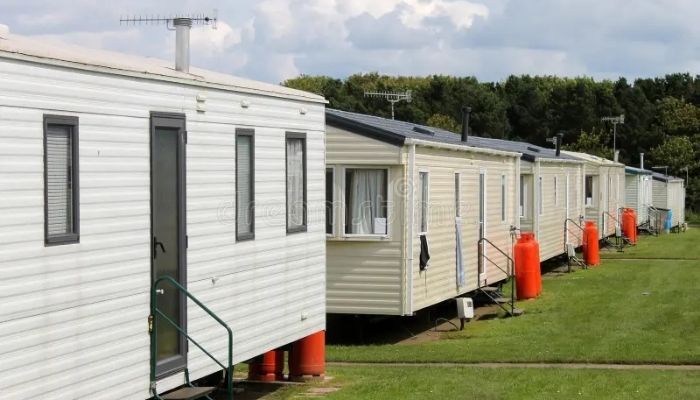
Mobile home tie downs for concrete are used to secure homes on solid foundations. They connect the home to the concrete base, keeping it stable during storms. These tie downs are made from strong materials like steel or metal straps.
When installed properly, they provide extra safety for your mobile home. The tie downs are anchored into the concrete to prevent the home from moving. This system is important in areas with high winds or bad weather.

These straps go over the roof of the mobile home. They help keep the home from lifting during strong winds. Over-the-top tie-downs are especially useful in hurricane areas. Regular checks ensure they stay tight and effective.
Frame anchors attach directly to the mobile home’s steel frame. They prevent the home from sliding or shifting in storms. Installed under the home, they connect securely to the ground. Proper installation is important for safety and stability.
Ground anchors are driven deep into the soil to hold the home steady. They work best in soft or loose soil to prevent movement. These anchors connect to tie-down straps that secure the mobile home. Regular maintenance helps ensure they remain strong and effective.
Concrete anchors are used when the mobile home is on a concrete foundation. They are bolted into the concrete for added strength and security. This type is ideal in areas with severe weather. Checking the bolts regularly helps maintain safety and stability.
Diagonal tie-downs connect the home’s frame to the ground at an angle. They help resist side-to-side movement during strong winds. This type adds extra support when used with other tie-downs. Proper tightening is important for keeping the home secure.
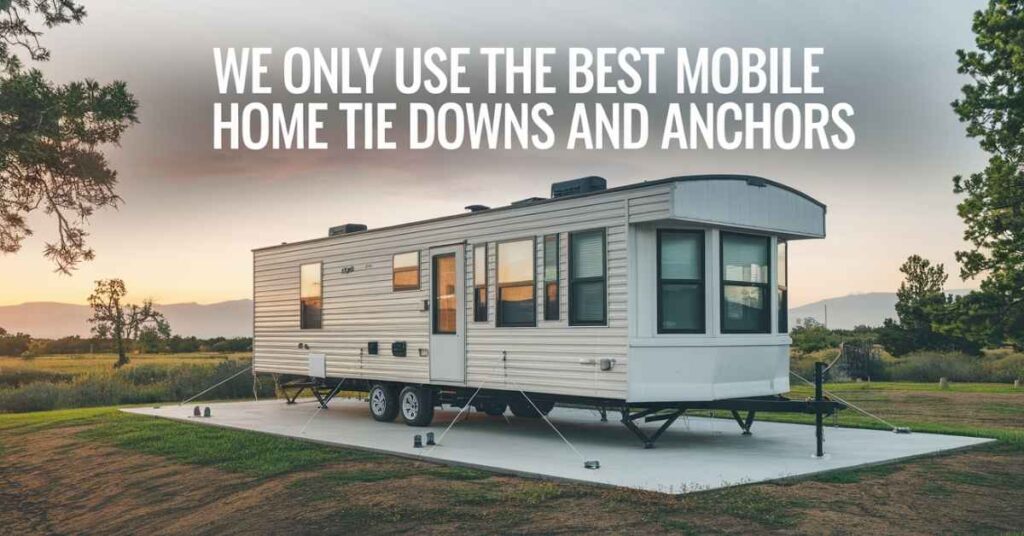
We only use the best mobile home tie downs and anchors to ensure safety. High-quality materials provide better strength and durability against strong winds. Using reliable products helps protect your home from damage during storms. It’s important to invest in tie downs that meet industry standards.
Choosing the best tie downs also means better performance over time. Quality anchors and straps will last longer and need fewer replacements. This reduces long-term maintenance costs and keeps your home secure. Trusting in top-notch products gives you peace of mind during bad weather.
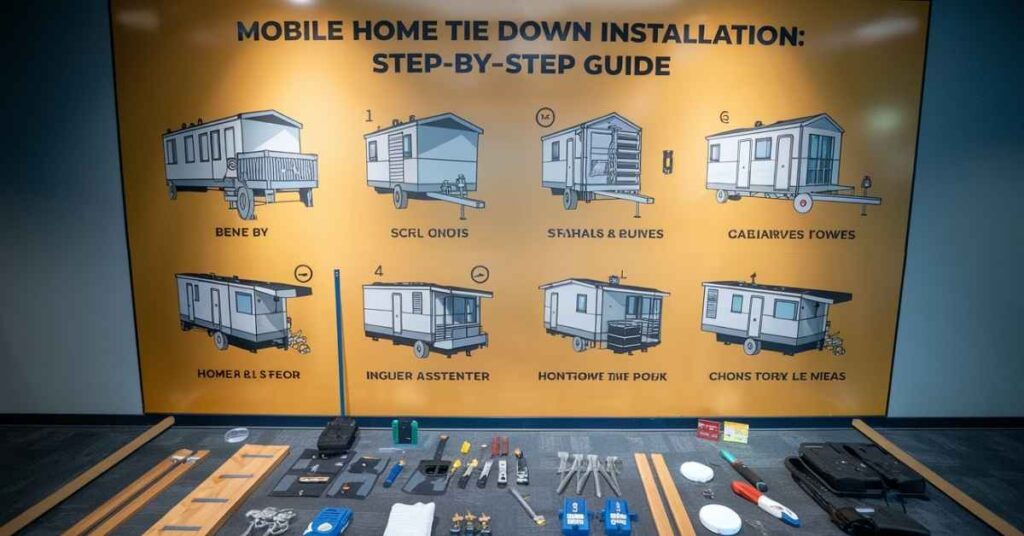
Before you start, collect all the tools you need. You will need tie-down straps, anchors, and a wrench. Make sure you have a measuring tape and a level as well. Having everything ready will make the job easier.
Identify where to place the tie downs around your mobile home. Look for the manufacturer’s guidelines for specific spots. Ensure the areas are clear and accessible. This step is crucial for proper support and safety.
Use a post driver to install the ground anchors into the soil. Make sure they go deep enough to hold securely. Check that the anchors are straight and stable. This provides a solid base for your tie downs.
Connect the tie-down straps to the anchors and the mobile home frame. Make sure the straps are tight and secure. Use a wrench to tighten any bolts or connections. Properly attached straps will keep your home safe during storms.
After installation, check the tie downs regularly to ensure they are tight. Look for any signs of wear or damage. Adjust or replace any worn parts as needed. Regular maintenance helps keep your mobile home secure and safe.
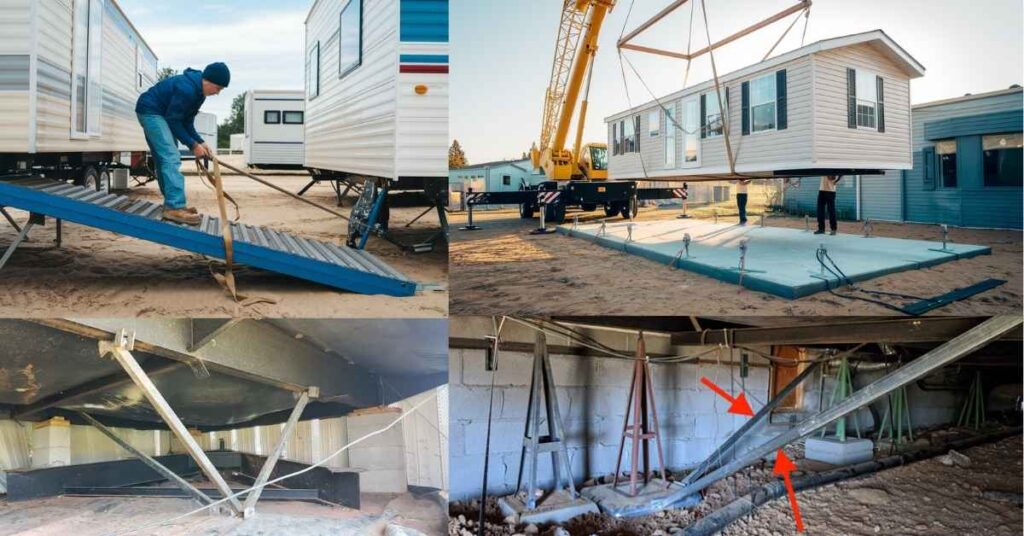
When installing tie down mobile home, one common mistake is not following the manufacturer’s guidelines. Each mobile home has specific requirements for tie down placement and number. Ignoring these guidelines can lead to inadequate support and safety risks.
Another mistake is failing to check the tightness of the straps after installation. Loose straps may not hold the home securely during strong winds. Regularly checking and tightening the tie downs is essential for long-term safety.
The cost to install mobile home tie downs can vary widely. On average, it may range from $500 to $2,000, depending on the number of tie downs needed. Additional factors include the type of anchors and local labor costs.
If you hire a professional, labor costs will add to the total. DIY installation can save money, but it’s important to follow safety guidelines. Always check local prices and regulations for the most accurate estimate.

A mobile home tie down kit provides all the necessary items to secure your home. It typically includes straps, anchors, and bolts for installation. Having a complete kit makes the installation process easier and more efficient.
Using a tie down kit helps protect your mobile home from strong winds and storms. The kit usually comes with clear instructions to guide you through the setup. Investing in a good tie down kit ensures your home stays safe and secure.
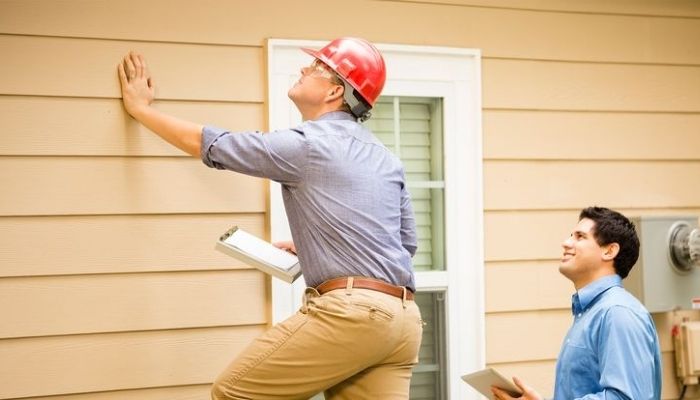
Check your tie downs regularly for any signs of wear or damage. Look for rust, fraying, or loose connections. A visual inspection helps catch problems early. Doing this at least twice a year is a good practice.
Make sure all straps and bolts are tight and secure. Over time, they can loosen due to weather changes or movement. Use a wrench to tighten any loose connections. Regularly checking this will ensure your home stays stable.
Keep the tie downs clean from dirt, debris, and rust. Use a brush or cloth to remove any buildup. Cleaning helps maintain the materials and prolongs their lifespan. It also allows you to see any issues more clearly.
If you find any damaged or worn-out parts, replace them immediately. Using damaged components can risk the safety of your mobile home. Always have spare parts on hand for quick repairs. This ensures your tie down system remains effective.
Check your local regulations for any specific maintenance requirements. Some areas may have guidelines on how often to inspect tie downs. Following these rules helps ensure safety and compliance. Staying informed keeps your mobile home secure.
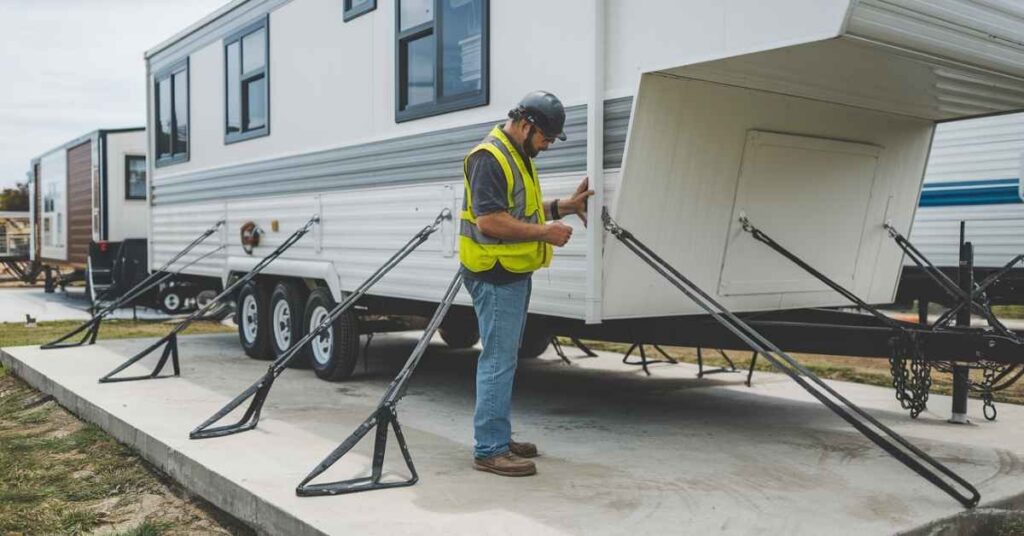
Tie downs for older mobile homes should be inspected regularly to ensure safety. As mobile homes age, the straps and anchors can become weak or damaged. Regular inspections help catch any issues before they lead to problems. This is especially important during storm season when strong winds can pose risks.
Older mobile homes may have different tie down needs compared to newer models. It’s essential to know the specific requirements for your home. Checking local regulations can also help you stay compliant. Keeping the tie downs in good condition protects your home and gives you peace of mind.
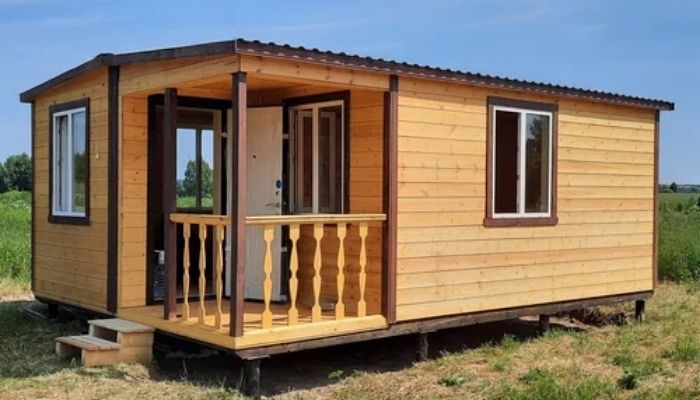
The cost to strap down a mobile home can vary widely. On average, it may range from $500 to $2,000, depending on the size of the home and the type of materials used. Factors like local labor rates and specific requirements can also affect the total cost. It’s important to get quotes from local installers for a more accurate estimate.
If you choose to do it yourself, you can save on labor costs. However, you will still need to purchase the necessary materials, which can add up. Investing in quality tie downs is crucial for safety and durability. Always consider both the short-term and long-term costs when planning your project.
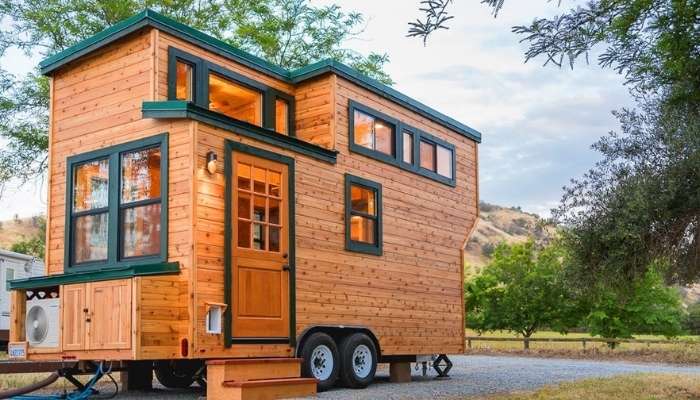
Mobile homes are anchored to the ground using tie downs and anchors. These anchors are placed in the soil or concrete to keep the home stable. Straps connect the mobile home to these anchors, preventing it from moving during strong winds.
There are different types of anchors, such as ground anchors and concrete anchors. Ground anchors are driven into the soil, while concrete anchors are bolted into a foundation. Proper anchoring is essential for protecting the home from damage in storms.
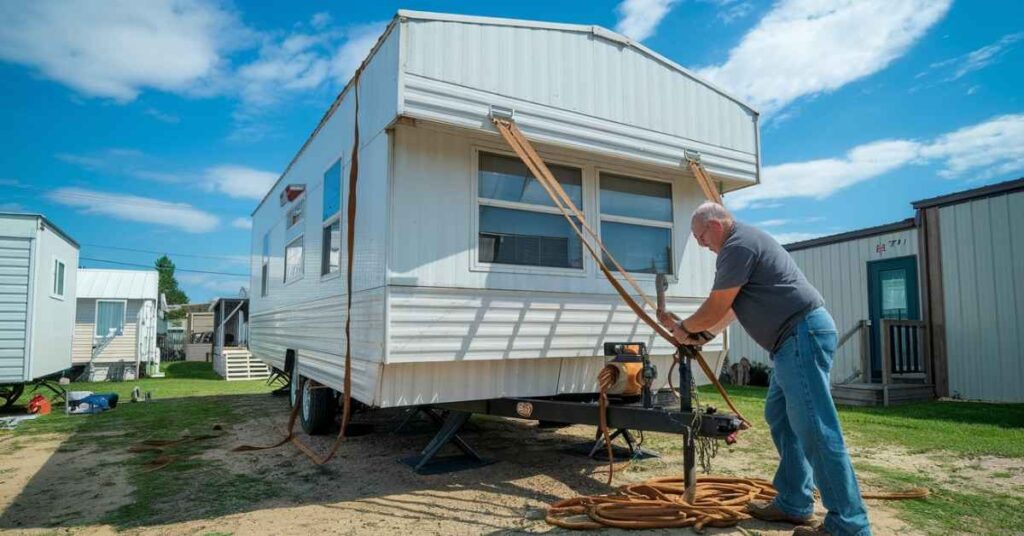
Each area has specific building codes for mobile homes. These codes outline how many tie downs are needed and where to place them. It’s important to follow these regulations for safety. Checking local laws ensures compliance and protection.
Mobile homes come with manufacturer guidelines for tie downs. These guidelines specify the type and number of tie downs required. Following these instructions helps ensure the home is secure. Ignoring them can lead to safety risks and possible fines.
Some areas require permits for installing tie downs. You may also need an inspection to ensure compliance with local laws. This process helps catch any mistakes early. Regular inspections can be necessary to maintain safety standards.
Legal requirements often include standards for the materials used. Tie downs must be made from strong, durable materials that can withstand harsh weather. Using substandard materials can lead to failure during storms. Always choose quality products that meet local standards.
Not following legal requirements can affect insurance coverage. If your mobile home is not properly secured, you might face claims issues. It’s important to inform your insurance company about your tie down system. Properly anchored homes are safer and may lower insurance costs.
Also Read: How To Transport A Mobile Home
Mobile home tie downs are straps or anchors that secure a mobile home to the ground. They help prevent the home from moving or tipping during strong winds and storms. Proper installation is crucial for safety.
Tie downs are essential for keeping your mobile home stable during severe weather. They protect your home from damage and reduce the risk of accidents. Without proper tie downs, your home may be at risk of being blown away or damaged.
To ensure correct installation, check that the straps are tight and securely attached to the anchors. Follow the manufacturer’s guidelines and local regulations for proper placement. Regular inspections can help identify any issues.
It’s recommended to inspect your tie downs at least twice a year, especially before storm season. Look for signs of wear, rust, or loose connections. Regular checks help ensure your mobile home remains safe and secure.
Yes, you can install tie downs yourself if you follow the proper guidelines and safety measures. However, it may be beneficial to hire a professional for installation. Proper installation is key to ensuring the safety and stability of your mobile home.
Mobile home tie downs are essential for keeping your home secure during strong winds and storms. They consist of straps and anchors that connect the mobile home to the ground. Proper installation is crucial for safety, as inadequate tie downs can lead to damage or accidents. Regular inspections help ensure they remain effective over time.
Using high-quality materials for tie downs is important for durability and strength. Local regulations often dictate how many tie downs are needed and where to place them. Following the manufacturer’s guidelines and local building codes helps protect your home. Overall, investing in proper tie downs provides peace of mind during severe weather conditions.